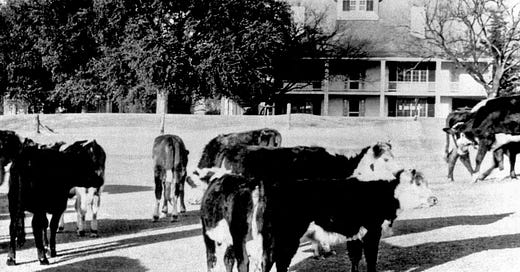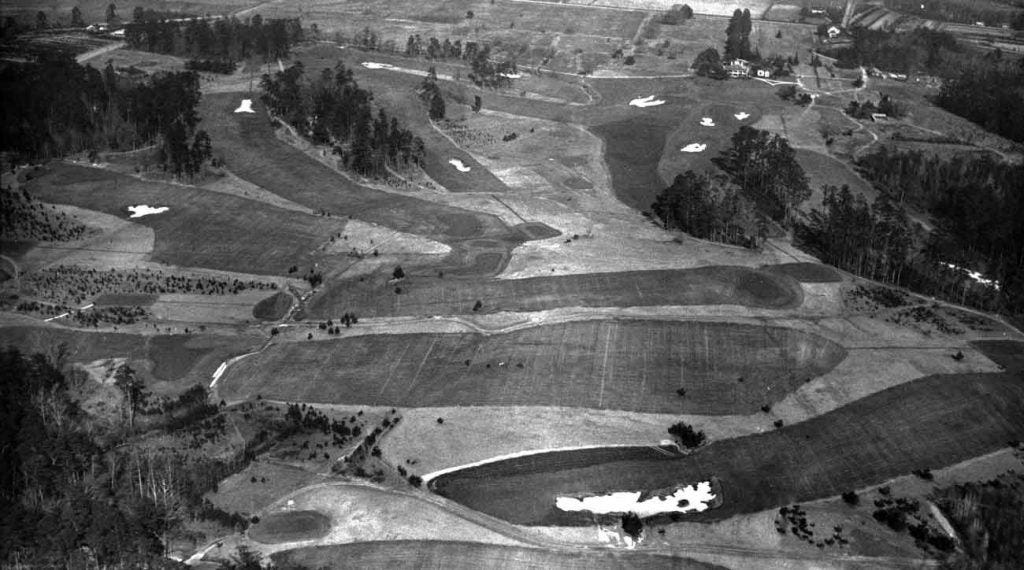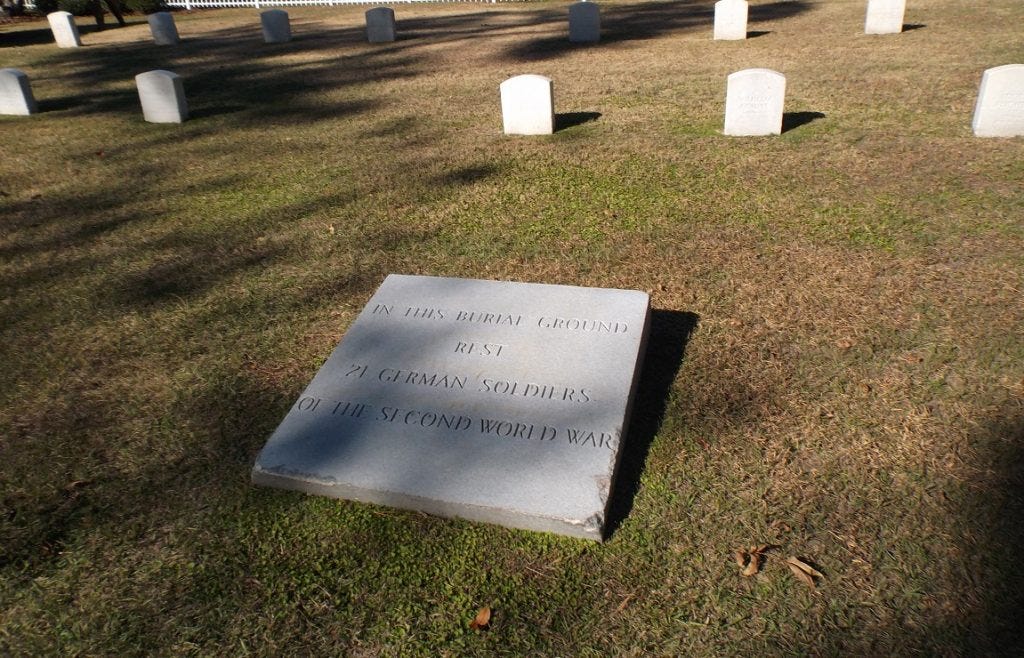When Livestock Roamed the Fairways of Augusta National.
As the 89th Masters gets under way this week, patrons and spectators around the world know Augusta National for its perfectly manicured fairways and slick greens, WWII ANGC tells a different story.
This week the golf world again sets it gaze on Augusta National for the 89th playing of the Masters. Augusta National Golf Club is of course known for its lush fairways, immaculate greens, and beautiful towering pines. However, during World War II, this iconic course saw an unexpected shift in its purpose and inhabitants. Between 1943 and 1944, cows roamed freely across the fairways of Augusta National, an unusual sight at a venue usually reserved for the game of golf.
The 1940s were a challenging time globally, with much of the world embroiled in World War II. The United States, having entered the war after the attack on Pearl Harbor in December 1941, was mobilizing its resources to support the war effort. This meant that many industries and institutions were pressed to contribute in any way they could to support this war effort.
Augusta National Golf Club was not immune to these pressures. In 1942, club co-founder Clifford Roberts made the difficult decision to suspend the annual Masters Tournament in 1943, due to the war. With a large portion of the male population serving in the military and travel restrictions in place, it simply wasn't feasible to hold the tournament, which had already grown in prestige.
Besides travel restrictions, a large portion of both membership and employees of Augusta National had either moved to Washington D.C. to help with the war effort, or joined the military. The golf club itself and the Masters tournament were still quite young and not financially stable as it is today, so it was decided that there was a more practical use for the land - food production for the war effort.
During the war years, agricultural production became crucial to support the American effort. The United States government sought to ensure that food supplies were steady, not just for the military but for civilians as well. As part of this initiative, the United States Department of Agriculture encouraged the use of every available piece of land for farming, and this included even the prestigious Augusta National Golf Club.
To help with this, Augusta National’s fairways, which were once carefully manicured for golf, became grazing grounds for a herd of cows. The members of the club allowed farmers to use the land to graze cattle and other animals. The story goes that the cows would wander across the lush fairways, nibbling on the grass that would otherwise be reserved for the finest golfers in the world. The sight of cows grazing where golf legends would typically walk is a far cry from the precision and polish the course is known for today.
Not only would having livestock on site help the war effort, they could also be sold at market down the road for a profit, so the decision was made to buy 200 cows. Things however didn’t work out as planned. When the bermudagrass at Augusta National went dormant for the winter, cows looked for nourishment in the azaleas and even ate bark of the trees. When cows didn’t work, Augusta National turned to turkeys.
The club had purchased over 1,000 turkeys at the time as well. Needing less food, turkeys actually became a money making venture for Augusta National. As the club donated multiple turkeys for the holidays to members and others in need, they still managed to turn a profit from the game birds that roamed the fabled grounds.
By the end of 1944, with the allies faring well and World War II getting closer to an end, Augusta National Golf Club began preparing for golf to be played on the grounds again. With this in mind, the club sold all remaining livestock and started the six month process of restoring the golf course to playability. Interestingly enough, it was German prisoners of war that did much of the work on Augusta National during this time. 42 of them, mostly from Erwin Rommel’s Afrika Korps, had been captured and sent to Camp Gordon and now did the work of restoring the course from pasture to pristine fairways again.
Though the cows are long gone and the course has been restored to its pristine condition, the impact of World War II on Augusta National Golf Club remains a notable part of its history. The story is a testament to how, in times of crisis, even the most prestigious institutions can adapt and contribute to the greater good. It is a reminder that no place, no matter how sacred or prestigious, is immune to the winds of history and the need to adapt to the realities of the world around us.
This week, as golfers walk the manicured greens and fairways of Augusta National, it’s hard to imagine cows ever roaming the same paths. But in the midst of global conflict, Augusta National became a quiet part of the larger effort to support the war, even if only for a short time.






